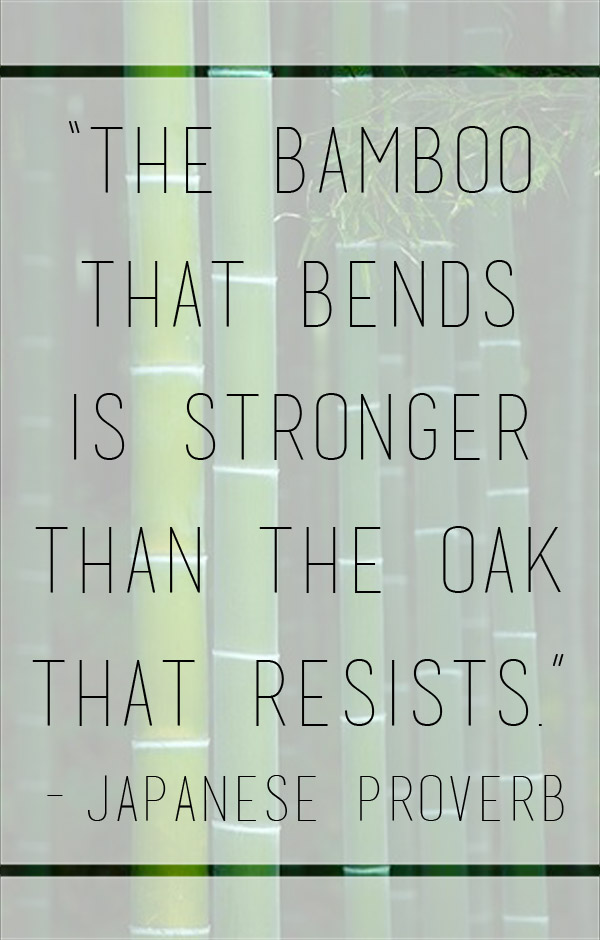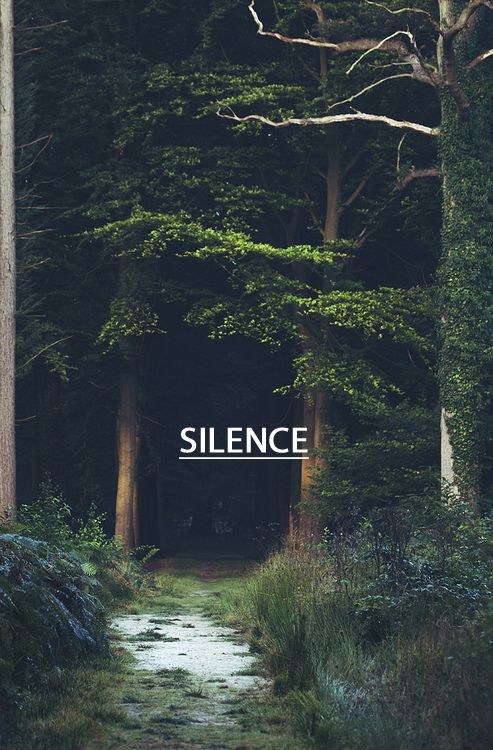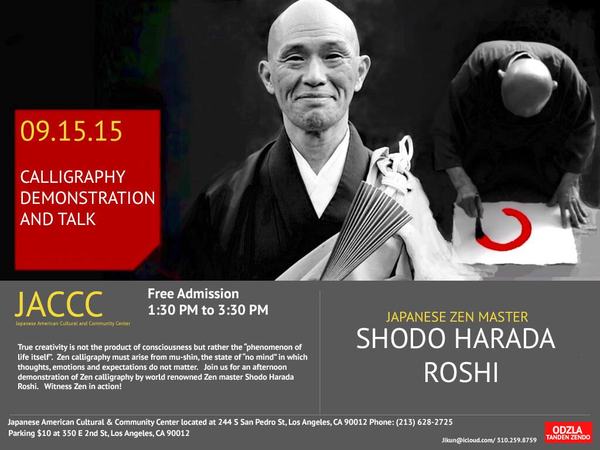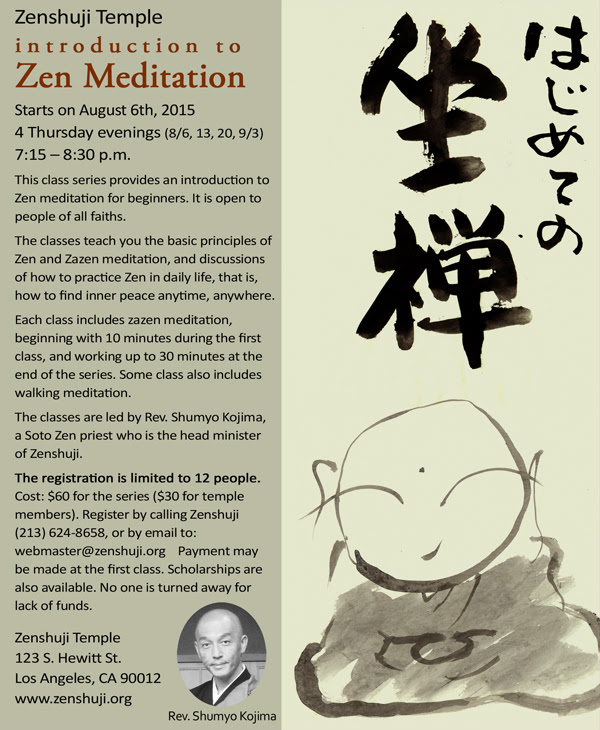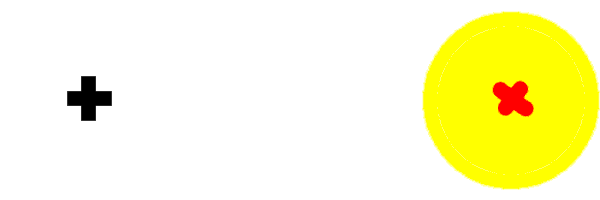I found this on the internet. It is really good and applies to my life now. I can look back and see how it could have been useful at times in the past. Maybe it will be useful for you now. Please know that life is not about rights and wrongs or good and bad. It is about lessons. Some lessons we learn the easy way while some lessons must be learned the hard way. Sometimes things come to us in our moment of need. Hopefully this helps you in yours.
The Awakening
By unknown
A time comes in your life when you finally get it. When, in the midst of all your fears and insanity, you stop dead in your tracks and somewhere the voice inside your head cries out… ENOUGH! Enough fighting and crying and blaming and struggling to hold on. Then, like a child quieting down after a tantrum, you blink back your tears and begin to look at the world through new eyes.
This is your awakening.
You realize it’s time to stop hoping and waiting for something to change, or for happiness, safety and security to magically appear over the next horizon.
You realize that in the real world there aren’t always fairy tale endings, and that any guarantee of “happily ever after” must begin with you… and in the process a sense of serenity is born of acceptance.
You awaken to the fact that you are not perfect and that not everyone will always love, appreciate or approve of who or what you are… and that’s OK. They are entitled to their own views and opinions.
You learn the importance of loving and championing yourself… and in the process a sense of new found confidence is born of self-approval.
You stop complaining and blaming other people for the things they did to you – or didn’t do for you – and you learn that the only thing you can really count on is the unexpected.
You learn that people don’t always say what they mean or mean what they say and that not everyone will always be there for you and everything isn’t always about you.
So, you learn to stand on your own and to take care of yourself… and in the process a sense of safety and security is born of self-reliance.
You stop judging and pointing fingers and you begin to accept people as they are and to overlook their shortcomings and human frailties… and in the process a sense of peace and contentment is born of forgiveness.
You learn to open up to new worlds and different points of view. You begin reassessing and redefining who you are and what you really stand for.
You learn the difference between wanting and needing and you begin to discard the doctrines and values you’ve outgrown, or should never have bought into to begin with.
You learn that there is power and glory in creating and contributing and you stop maneuvering through life merely as a “consumer” looking for you next fix.
You learn that principles such as honesty and integrity are not the outdated ideals of a bygone era, but the mortar that holds together the foundation upon which you must build a life.
You learn that you don’t know everything, it’s not your job to save the world and that you can’t teach a pig to sing. You learn the only cross to bear is the one you choose to carry and that martyrs get burned at the stake.
Then you learn about love. You learn to look at relationships as they really are and not as you would have them be. You learn that ‘alone’ does not mean lonely.
You stop trying to control people, situations and outcomes. You learn to distinguish between guilt and responsibility and the importance of setting boundaries and learning to say NO.
You also stop working so hard at putting your feelings aside, smoothing things over and ignoring your needs.
You learn that your body really is your temple. You begin to care for it and treat it with respect. You begin to eat a balanced diet, drinking more water, and take more time to exercise.
You learn that being tired fuels doubt, fear, and uncertainty and so you take more time to rest. And, just as food fuels the body, laughter fuels the soul. So you take more time to laugh and to play.
You learn that, for the most part, you get in life what you deserve, and that much of life truly is a self-fulfilling prophecy.
You learn that anything worth achieving is worth working for and that wishing for something to happen is different than working toward making it happen.
More importantly, you learn that in order to achieve success you need direction, discipline and perseverance. You learn that no one can do it all alone, and that it’s OK to risk asking for help.
You learn the only thing you must truly fear is fear itself. You learn to step right into and through your fears because you know that whatever happens you can handle it and to give in to fear is to give away the right to live life on your own terms.
You learn to fight for your life and not to squander it living under a cloud of impending doom.
You learn that life isn’t always fair, you don’t always get what you think you deserve and that sometimes bad things happen to unsuspecting, good people… and you learn not to always take it personally.
You learn that nobody’s punishing you and everything isn’t always somebody’s fault. It’s just life happening. You learn to admit when you are wrong and to build bridges instead of walls.
You lean that negative feelings such as anger, envy and resentment must be understood and redirected or they will suffocate the life out of you and poison the universe that surrounds you.
You learn to be thankful and to take comfort in many of the simple things we take for granted, things that millions of people upon the earth can only dream about: a full refrigerator, clean running water, a soft warm bed, a long hot shower.
Then, you begin to take responsibility for yourself by yourself and you make yourself a promise to never betray yourself and to never, ever settle for less than you heart’s desire.
You make it a point to keep smiling, to keep trusting, and to stay open to every wonderful possibility.
You hang a wind chime outside your window so you can listen to the wind.
Finally, with courage in your heart, you take a stand, you take a deep breath, and you begin to design the life you want to live as best as you can.
If this story resonates with you then you are one of the awakened! And slowly you are realizing the power of your own thoughts….
Just as you create your own reality, we are also co-creating our realities together. We are a collective! As a community, a city, a country, and a species, we decide where we want to go and how we want to flow. It is up to us to decide what happens next in the epic tale that is the human race, but change has to start from an individual level. Remember – You can have, DO, or BE, ANYTHING you want!
If you know who wrote this please drop me a line.


